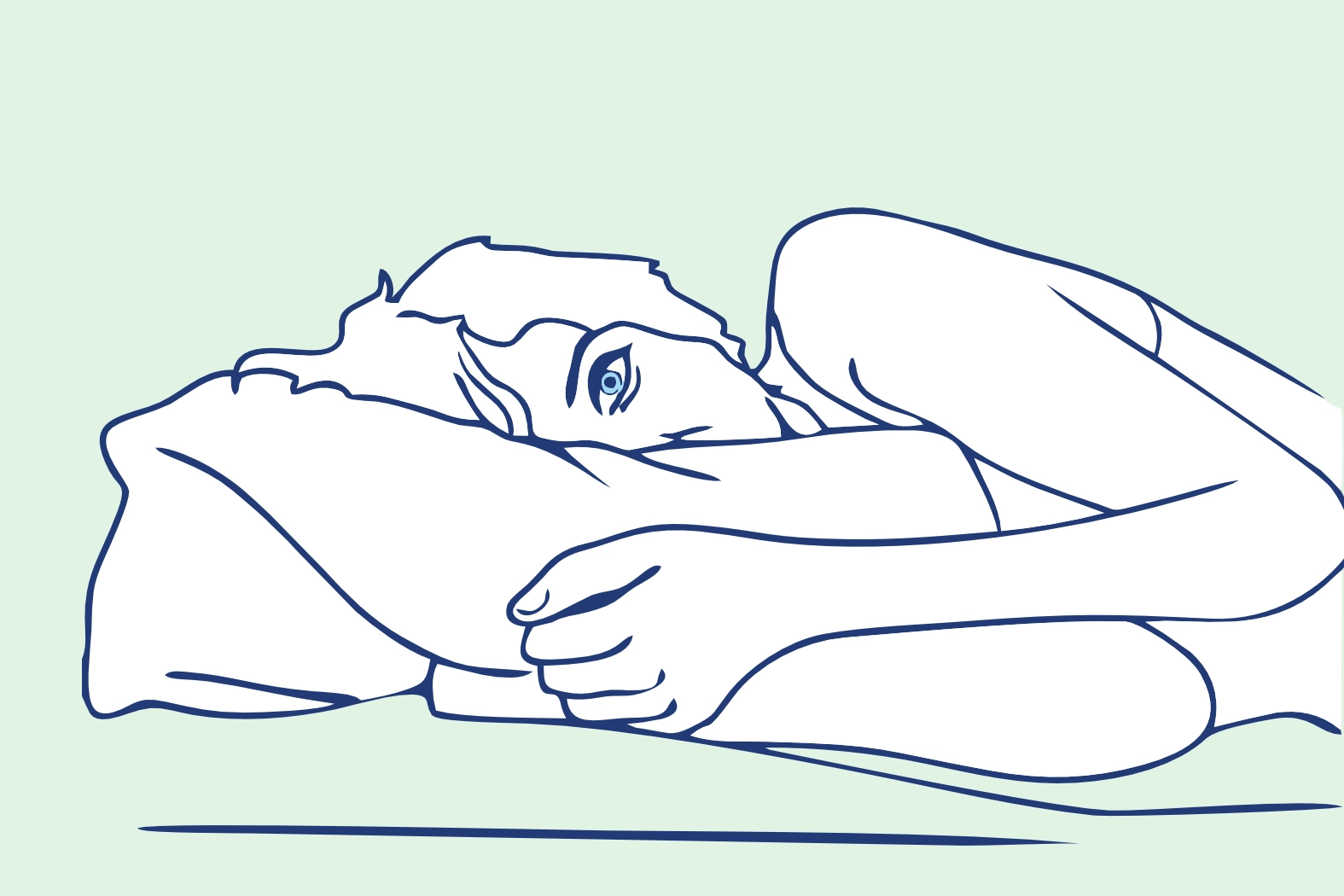To provide services at the highest level, we use cookies. Using the website requires you to choose settings related to their storage on your device. If you want to know what each type of cookie is used for, click the Details button below.
Sleep paralysis: When sleep turns into a nightmare10 października 2023 |

Sleep paralysis has a significant impact on art, literature, and film, as it represents an extraordinary phenomenon that inspires creators to explore a mysterious and terrifying reality. Sleep paralysis is often used in horror literature and cinema as a crucial motif. Authors create characters who experience sleep paralysis in the context of haunted houses and demons, as well as all other supernatural phenomena they describe there. This adds an element of fear and tension to the story.
Furthermore, authors share their personal experiences related to sleep paralysis in various autobiographies or memoirs, and they also weave them into the plot of works on different topics. This helps in understanding this phenomenon from the perspective of individuals who have personally experienced it, and thus, it can serve as a source of support for others.
Additionally, some contemporary artists explore the theme of sleep paralysis in their works. These can be paintings or art installations, as well as other forms of expression that attempt to convey the feelings and visions associated with this phenomenon. It is often portrayed as a symbolic representation of anxiety or emotional blockage in people. Art can help express these abstract feelings and thoughts in a visual form.
Sleep paralysis is a phenomenon that occurs when a person wakes up from the REM (rapid eye movement) sleep phase and experiences a transient state in which they cannot move or speak. The exact causes of sleep paralysis are not fully understood by science, but there are various theories about it. One of the main theories suggests that it is related to irregularities in the transition between REM sleep and non-REM sleep phases. It can also be hereditary or linked to factors such as stress, depression, and anxiety.
Sleep paralysis can affect people of different ages and may occur sporadically or regularly. Some studies suggest that it is more common in individuals with sleep disorders such as sleep apnea or insomnia. However, personal experiences show that it can happen to anyone, regardless of age or gender.
During sleep paralysis, a person is essentially awake but unable to move or speak. It is often accompanied by hallucinations related to dreams, which can be highly realistic and sometimes even terrifying. A person experiencing sleep paralysis may see strange figures, shadows, demonic entities, or other abstract images. This experience is typically very unpleasant and can induce feelings of fear and helplessness.
Waking up from sleep paralysis can be challenging, but there are several methods that may help. Try gently moving a small finger or toe. This can assist in gradually regaining control over your body. If possible, attempt to move facial muscles like your lips or eyelids. This can aid in fully waking up. Focus on deep breathing to calm yourself and reduce anxiety. It's important to know that sleep paralysis is usually a temporary state and spontaneously resolves within seconds or minutes.
There is no specific pharmacological treatment for sleep paralysis. If you frequently experience sleep paralysis or have serious issues related to sleep apnea or other sleep disorders, it's advisable to consult a doctor. Consider undergoing a polysomnography examination, making lifestyle changes, or exploring behavioral therapy options.